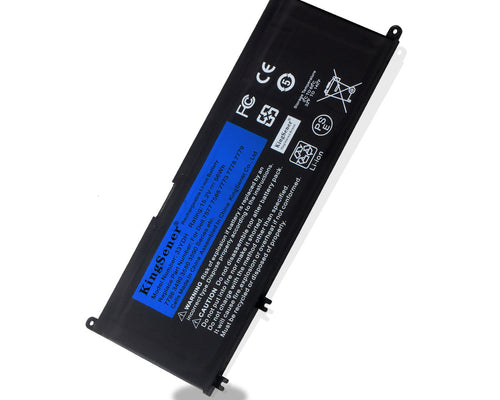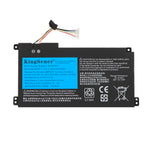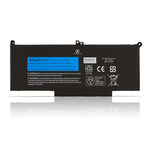You have no items in your shopping cart.
Can I charge a battery with static electricity?

What is static electricity
Static electricity, as the name implies, is a static charge or a non-flowing charge. Charges gather on the surface of an object to form static electricity. Charges are divided into positive and negative charges, and static electricity phenomena are also divided into positive static electricity and negative static electricity. Positive charges gather on an object to form positive static electricity, and negative charges gather on an object to form negative static electricity.
There is varying degrees of static electricity in our surroundings and even on our bodies. When it accumulates to a certain level, discharge will occur.
How Battery Charging Works
Batteries store and release electrical energy through chemical reactions. Take lithium batteries as an example. When charging a battery, lithium ions are generated on the positive electrode of the battery, and the generated lithium ions move to the negative electrode through the electrolyte. The carbon at the negative electrode has a layered structure with many micropores. The lithium ions that reach the negative electrode are embedded in the micropores of the carbon layer. The more lithium ions are embedded, the higher the charging capacity.
When there is no charging management chip to directly connect the lithium-ion battery to the power supply for charging, the lithium-ion battery will suddenly enter a large current when the battery is low, which will cause the lithium-ion battery to be damaged. Because the current is large, the heat is also fast, and the battery life will be shortened.
Can static electricity be used to charge batteries?
Theoretically, yes, but it is the current that charges the battery. The high voltage associated with static electricity is very large, but it usually cannot provide the current required for any practical application. For example, a supercapacitor can be connected to a computer charging socket through a current limiting circuit to charge a computer battery . Static electricity actually exists in the form of an electric field. Once it is connected to a loaded loop with a wire, a current will be formed, and it will become our common DC power supply. Under normal circumstances, a computer with static electricity cannot be turned on, because your computer has a protection mechanism that can only be turned on after the static electricity is released. Because static electricity usually has a very high instantaneous voltage (> several thousand volts), this damage is destructive and permanent, and will cause the circuit to burn directly.
Well, whether it is positive static electricity or negative static electricity, when an object with static electricity touches an object with zero potential or a grounded object, or an object with a potential difference with it, charge transfer will occur, forming a discharge phenomenon that can be seen with the naked eye.
We already know that the high voltage associated with static electricity is very high. This means that it is not good at low voltage, high current tasks. Instead, it likes to get high and violent spark voltages.
Therefore, for the benefit of the battery, please discharge static electricity before charging.
If this article still doesn't help your laptop battery, you can buy a new battery at BatteryMall.com








